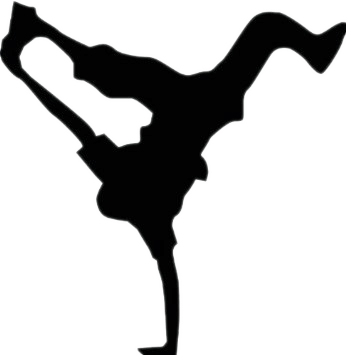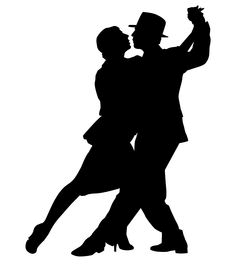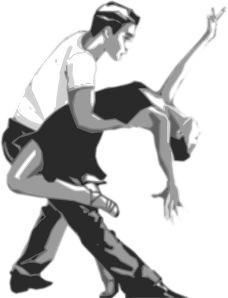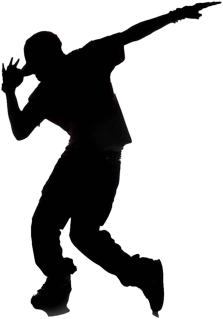Jaipur Sangeet Mahavidyalaya Affiliated to Bhatkhande Sangeet Vidhyapeeth, Lucknow, India 12 A REG. NO - AADAJ3425GE20215
Reg. No. : 755/Jaipur/2016-17 Registered Under Government of Rajasthan 80 G REG. NO - AADAJ3425GF20213
UNDER INCOME TAX ACT 1961
Jaipur Sangeet Mahavidyalaya Affiliated to Bhatkhande Sangeet Vidhyapeeth, Lucknow, India
Reg. No. : 755/Jaipur/2016-17 Registered Under Government of Rajasthan
12 A REG. NO - AADAJ3425GE20215
80 G REG. NO - AADAJ3425GF20213
UNDER INCOME TAX ACT 1961















